Location
257 to 288 of 942 results
-
Natuurlijk Kollumeroord Groepsaccommodatie 't Rif
Natuurlijk Kollumeroord Groepsaccommodatie 't Rif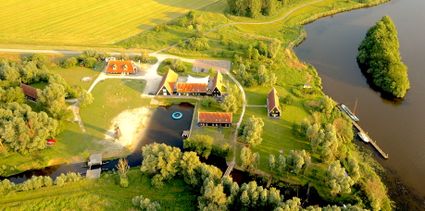 Kollumerpomp
Kollumerpomp -
Monument zeemijn
Monument zeemijn Lioessens
Lioessens -
Carpe Diem Friesland
Carpe Diem Friesland Earnewâld
Earnewâld -
Paard & Tuin Harstahof
Paard & Tuin Harstahof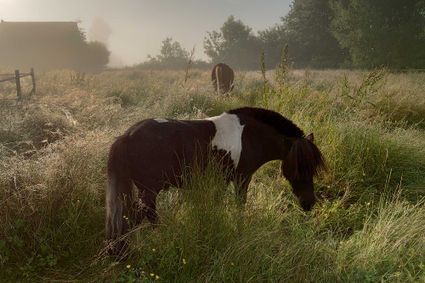 Ginnum
Ginnum -
De Klinze Country House and Estate
De Klinze Country House and Estate Aldtsjerk
Aldtsjerk -
Zwembad Wettervlecke
Zwembad Wettervlecke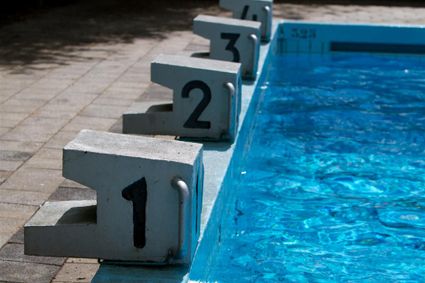 Surhuisterveen
Surhuisterveen -
Goddeloze Singel
Goddeloze Singel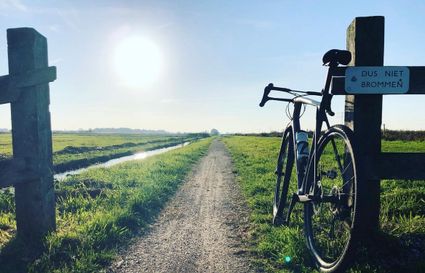 Feanwalden
Feanwalden -
Wetterkr8 Suptours
Wetterkr8 Suptours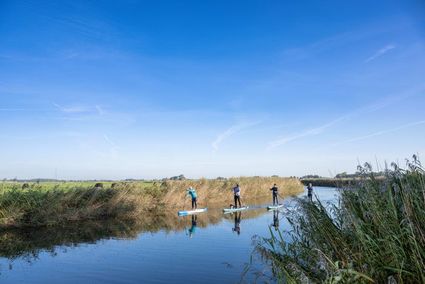 Dongjum
Dongjum -
Lytshuis Zilver
Lytshuis Zilver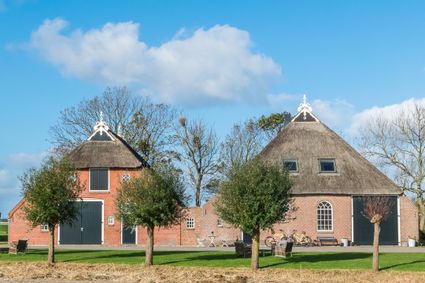 Paesens-Moddergat
Paesens-Moddergat -
De Bolstienpleats
De Bolstienpleats Aalsum
Aalsum -
Beeld schaatsers 'Marathonriders'
Beeld schaatsers 'Marathonriders'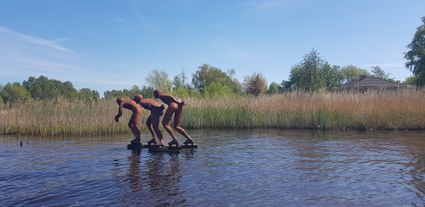 Earnewâld
Earnewâld -
Wad'n Hûs
Wad'n Hûs Kollum
Kollum -
Oldeholtpade - Scheltingapolder - kijkheuvel
Oldeholtpade - Scheltingapolder - kijkheuvel Oldeholtpade
Oldeholtpade -
Veerpont Grietman-Eco (De Veenhoop)
Veerpont Grietman-Eco (De Veenhoop) Veenhoop
Veenhoop -
Headmaster Jakob Klok in the resistance
Headmaster Jakob Klok in the resistance
During the war, Jakob (Jaap) Klok ended up in the resistance in Dantumadeel, where he played an important role. At the time, he lived with his wife and four children in Akkerwoude, where he was headmaster of the school at Hearewei 13. He stayed there until 1947 and will always be remembered as "Headmaster Klok."
Jaap Klok was active socially and in politics as a member of the Dutch Social Democratic Labour Party (SDAP). When party meetings were banned by the German occupiers, Jaap imperceptibly became ever more involved in resistance activities. He passed on party information, distributed illegal newspapers, and looked for addresses for people in hiding. Jaap Klok joined the LO, the National Organisation for Aid to people in Hiding, and became the Akkerwoude village commander.
Although people did not know exactly what he did, it was known that he was in the resistance. Despite the fact that his name circulated among NSB members, he decided not to go into hiding, but instead tried to be even more careful and to sleep at home more often than not.
As the war drew to a close, Jaap became very busy. The Dutch government in exile was calling on railway workers to go on strike. The resistance arranged for the hiding. On 15 December 1944, a group of about sixty refugees from Arnhem arrived at his school. Jaap was indirectly involved in the evacuation committee, which was looking for addresses for the unfortunate Arnhem residents.
Shortly thereafter, he was warned at the schoolhouse that during a raid in Murmerwoude, explicit questions were asked about schoolmaster Klok. Jaap did not hesitate a second and quickly left the house. And not a moment too soon, as ten minutes after his departure the Germans were already on his doorstep. From that moment on, Jaap knew that he had to be very careful. He hardly ever slept at home anymore.
From January 1945 onwards, the situation became explosive. After the discovery of weapons on a farm in Aalsum, the Germans became fanatical. They relentlessly hunted down resistance fighters and used any means to make those who were caught talk. The name "Jaap Klok" was also mentioned during these interrogations. Sufficient reason to leave then and there, with his whole family. The children stayed with relatives. He and his wife went into hiding elsewhere.
During the last weeks of the war, Jaap was very busy. Much had to be organised and discussed within the resistance to expel the Germans and prepare for the arrival of the Canadians. Just before Dantumadeel was liberated, the inhabitants were already beside themselves with joy. They raised the flag and took to the streets en masse to celebrate. Because of his resistance work, Jaap knew exactly what the situation was with regard to the liberation. He climbed onto the balcony of the town hall and addressed the people. After all, the danger had not yet passed. Even when that was the case shortly thereafter, he ensured that peace was maintained among the population of Dantumadeel and thus prevented the molestation of a number of NSB members.
After the war, he held many administrative positions in the province of Friesland. In 1984, Jaap Klok died at the age of 91. Fifteen years later, a statue of him was erected in Akkerwoude, which was then called Damwoude, as a tribute.
From the book "De oorlog een gezicht geven" (deel 6) – Dantumadeel in de periode '40 - '45 by Yvonne te Nijenhuis and Reinder H. Postma
 Damwald
Damwald -
Trekschuit De Herinnering Dokkum
Trekschuit De Herinnering Dokkum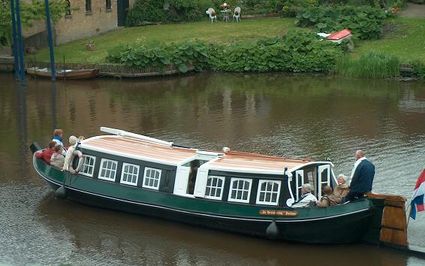 Dokkum
Dokkum -
Burdaard (Birdaard)
Burdaard (Birdaard) Burdaard
Burdaard -
Atelier Yfke Blom
Atelier Yfke Blom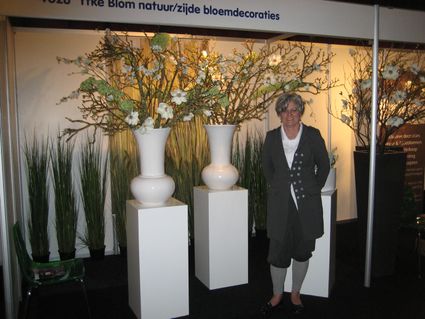 Foudgum
Foudgum -
Heeg - Kijkhut Heeg
Heeg - Kijkhut Heeg Heeg
Heeg -
National Park 'Lauwersmeer'
National Park 'Lauwersmeer' Lauwersoog
Lauwersoog -
De Oare Keamer
De Oare Keamer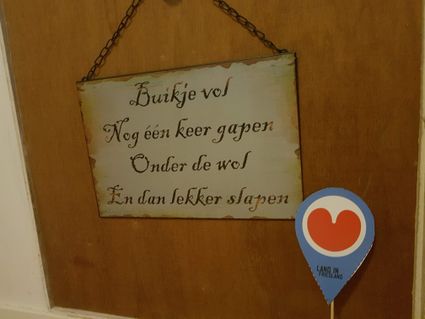 Kollum
Kollum -
De Broekophâlder
De Broekophâlder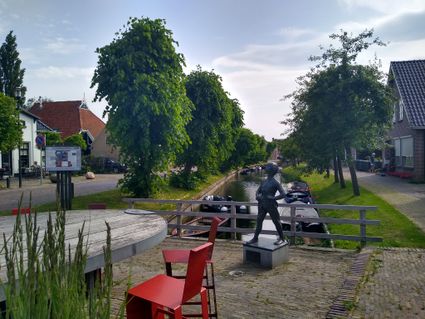 Eastermar
Eastermar -
Geitenboerderij De Vries
Geitenboerderij De Vries Sibrandahus
Sibrandahus -
Age Veldboom Zeilactiviteiten
Age Veldboom Zeilactiviteiten Earnewâld
Earnewâld -
Burgumer Mar - Hoogzand - Atsmapolder - Uitkijkheuvel
Burgumer Mar - Hoogzand - Atsmapolder - Uitkijkheuvel Eastermar
Eastermar -
Grutte Tsjerke Ternaard
Grutte Tsjerke Ternaard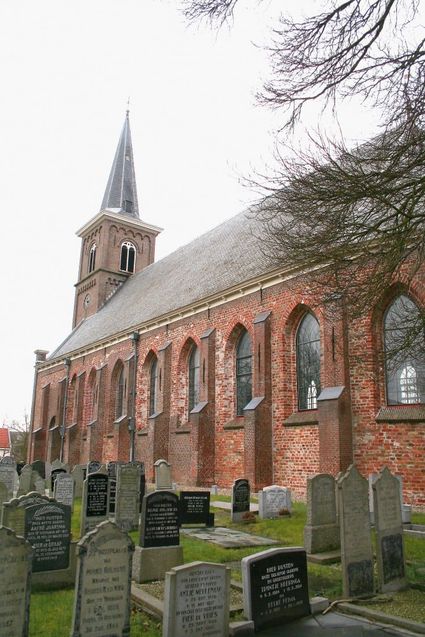 Ternaard
Ternaard -
Camperplaats Eastermar
Camperplaats Eastermar Eastermar
Eastermar -
Veerpont Zonnepont Schalkediep (Suawoude)
Veerpont Zonnepont Schalkediep (Suawoude)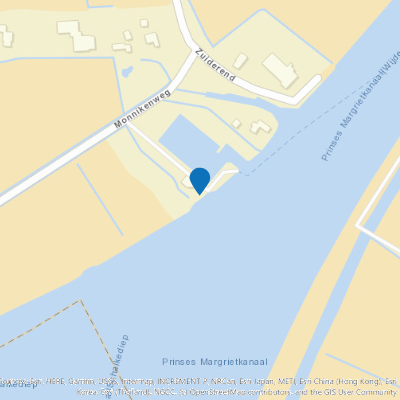 Garijp
Garijp -
The liberation of Friesland 1
The liberation of Friesland 1
In early April, it became clear that the liberation of Friesland was imminent. Although the province had not suffered a real Hunger Winter like other parts of the Netherlands, there were severe shortages of just about everything. And the terror of the occupying forces was growing. This also led to increased resistance against the occupying forces. The battle between the two was tougher than ever in early 1945.
In Friesland, assault groups known as Knokploegen (KP) were responsible for most acts of resistance. But there were other groups too. On the orders of the Dutch government in London, all these groups were merged into the Dutch Domestic Armed Forces (NBS). In Friesland, this happened on 12 December 1944.
The NBS, popularly referred to as the BS, gave the armed resistance an organisation with a clear structure. The NBS was also supposed to play a role in the upcoming liberation. To this end, resistance groups were provided with weapons from autumn 1944. These were dropped from the air.
On 8 April, Radio Orange broadcast the message "The bottle is empty." This was the signal for the NBS to start carrying out sabotage operations 36 hours later. The aim was to make it as difficult as possible for the Germans to defend themselves against the approaching Allied forces.
The resistance did this by putting bridges and railways out of order, blocking waterways and blocking roads. The response of the occupying forces was ruthless. In retaliation, dozens more prisoners were shot at different times and places.Once the Canadians entered Friesland on 12 April, they were supported extremely effectively by the Frisian resistance. Because it was superbly organised, they were able to help the Canadians take control of important bridges, repair damaged bridges, and advise on the most favourable route.
By 18 April, the whole province was liberated except for the Wadden Islands (these were liberated in late May and in June). Compared to other provinces, there was little fighting in Friesland. Overall, the few thousand German troops who had been unable to flee Friesland were defeated by the Canadians relatively quickly.
The commander of the Royal Canadian Dragoons, Lieutenant Colonel Landell, praised the actions of the resistance by stating "Friesland liberated herself." While that may be a bit of an exaggeration, the actions of the Frisian resistance undoubtedly accelerated the liberation. And reduced the number of casualties on the Allied side.
In confrontations with German troops and their Dutch accomplices, at least 31 resistance fighters lost their lives. On the Allied side, at least eleven Canadians and one Frenchman were killed. The fighting and shelling also resulted in dozens of civilian casualties. The number of casualties on the German side is not known, but probably ran into the hundreds. With 320 houses destroyed and 4,000 damaged and 80 bridges destroyed, Friesland was materially the least damaged province in the Netherlands.
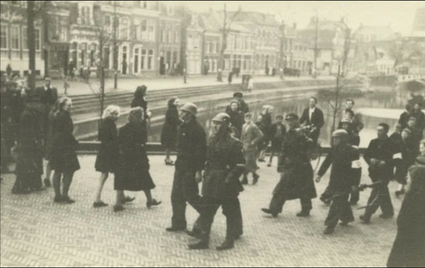 Willemsoord
Willemsoord -
De Taperij Burgum
De Taperij Burgum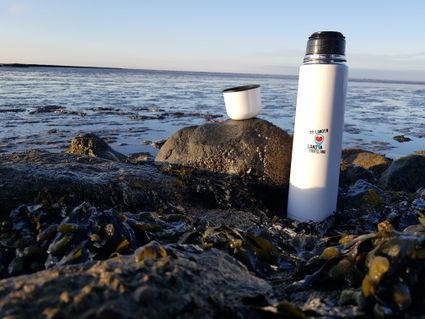 Burgum
Burgum -
Voormalig zuivelfabriek Garyp
Voormalig zuivelfabriek Garyp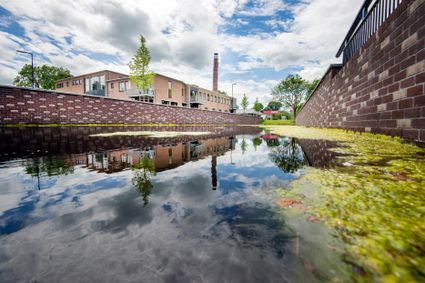 Garyp
Garyp -
Koudum - Wolvetinte - Uitkijkplatform
Koudum - Wolvetinte - Uitkijkplatform It Heidenskip
It Heidenskip


